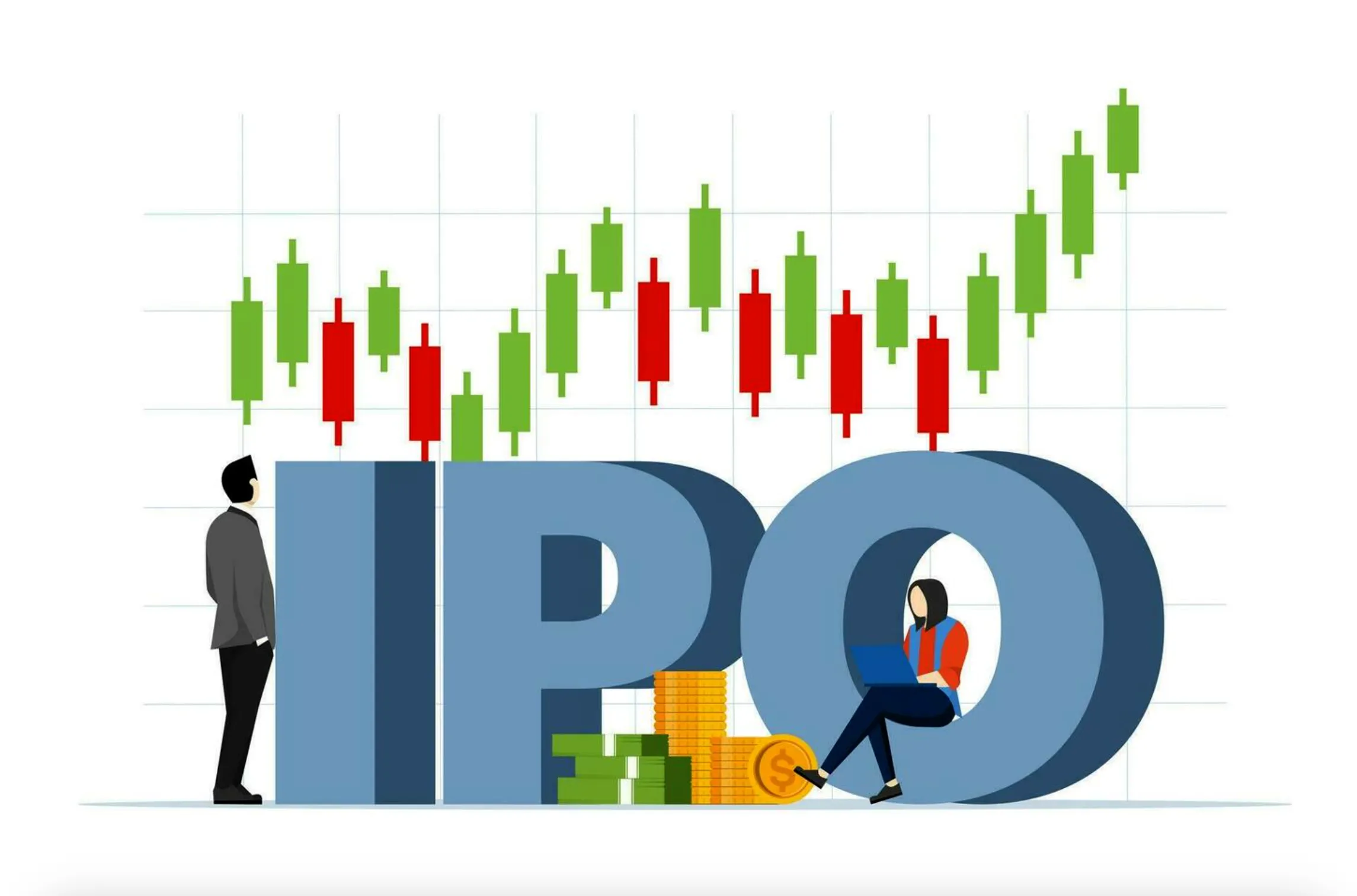Pre-IPO Platforms 2025: A Comparison of Terms, Risks, and Returns
Imagine purchasing shares of Airbnb in 2019 when the company was still private and its valuation seemed ambitious. By the time of its dazzling IPO in late 2020, your investment could have multiplied several times over. This opportunity—investing in technological leaders like SpaceX, Stripe, or Revolut just before their debut on the public stage—is the essence of the Pre-IPO market. A decade ago, this game was accessible only to venture capital firms and billionaires in Silicon Valley. Today, in 2025, thanks to the development of specialised platforms, the doors to this elite club are beginning to open for a broader range of investors.
However, this market is not merely the next step after purchasing shares on the stock exchange. It is an entirely different universe with its own rules, where the potential for extraordinary profits coexists with the risk of losing everything. This article serves not just as an overview but as a detailed map for navigating the world of Pre-IPO: from deal mechanics to investor psychology.
What is Pre-IPO: An Insider's Perspective
Deal Mechanics
To understand the mechanics, let's trace the path of a deal. It all begins not on the platform but within the company itself. Imagine an engineer who joined a startup seven years ago and received stock options. Today, the company is a "unicorn" worth billions, yet his shares remain a "paper" asset. He wants to buy a home and needs liquidity. He approaches management, which allows him to sell part of his holdings on the secondary market through an accredited platform.
This is where the Pre-IPO platform comes into play. It acts as an organiser, market maker, and guarantor of the transaction. Its task is to verify the legal standing of the shares, conduct financial assessments of the company (due diligence), find buyers, and structure the deal. To avoid burdening the company with hundreds of new small shareholders, the platform creates a SPV (Special Purpose Vehicle)—a separate legal entity (fund) that aggregates funds from multiple investors and purchases the stock package as a single lot. As an investor, you purchase a stake not in the company itself but in this SPV. After the IPO and the end of the lock-up period, the shares from the SPV are distributed to investors' brokerage accounts, and they can be sold on the stock exchange.
Who Can Invest?
A key question is: who can participate? Historically, this market has been closed to everyone except for accredited investors (in the US, individuals with a net worth exceeding $1 million or with an income exceeding $200,000). This requirement by regulators (SEC) is intended to protect inexperienced individuals from high risks. However, technologies and legal structures like SPVs allow platforms to lower the entry threshold, providing access to retail investors, albeit with certain limitations.
Navigating the Market: Comparing Key Pre-IPO Platforms of 2025
Choosing a platform is a strategic decision that defines your access to deals, costs, and level of security. The market of 2025 offers opportunities for various types of investors.
| Platform | Key Features | Min. Investment (Approx.) | Fees (Approx.) | Target Investor |
|---|---|---|---|---|
| Forge Global | Market leader by volume and liquidity. Offers access to dozens of "unicorns." Boasts strong analytics and secondary market pricing data. | From $100,000 | ~5% of the deal | Accredited investors, institutions |
| EquityZen | A pioneer in the market. Noted for its stringent selection of companies. Often offers exclusive deals. Allows investment in funds comprising multiple Pre-IPO companies. | From $10,000 | 3-5% of the deal | Accredited investors |
| Linqto | A platform focused on democratisation. Low entry threshold, user-friendly interface, and active use of mobile technology. | From $2,500 | 1-5% + up to 20% of profits (carry) | Accredited and retail investors |
| Securitize | A technologically advanced platform. Utilises blockchain for share tokenisation, which theoretically could simplify rights accounting and enhance liquidity in the future. | From $1,000 | Varies by deal | Accredited and retail investors |
| ZADA / Raison | Examples of platforms oriented towards investors from Eastern Europe and the CIS. Provides access to global Pre-IPO opportunities through SPV structures. | From $1,000 | ~5% entry + ~20% of profits (carry) | Qualified and non-qualified investors |
How to Choose Platforms from an Expert’s Perspective
- History of the platform and transparency of operations.
- Access to unique deals.
- Investor protection mechanisms.
- Level of customer support.
- Availability of tools for company analysis.
The Anatomy of Risk: What Could Go Wrong?
Key Risks
- Risk of cancellation or postponement of IPO.
- Liquidity risk.
- Valuation risk.
- Information asymmetry.
Risk Management Strategies
- Diversification.
- Thorough Due Diligence.
- Assessment of "red flags."
The Art of Evaluation: How to Identify Winners and Calculate Returns
Key Evaluation Metrics
- Revenue growth.
- Total Addressable Market (TAM).
- Competitive advantage.
A Practical Guide for Investors in 2025
- Self-assessment and strategy.
- Choosing a platform and registration.
- Analysis and selection of the company.
- Legal formalities.
- Tax planning.
- Patience and monitoring.
Market Trends and Psychology
Pre-IPO Market Trends in 2025
The implementation of AI and blockchain to enhance transaction transparency, a growing interest from retail investors, and the emergence of new local platforms.
Investment Psychology
Successful investing requires not only financial literacy but also psychological resilience. It is crucial to focus on long-term goals and avoid emotional decision-making.
Conclusion: The Mindset of a Pre-IPO Investor
The Pre-IPO market is a marathon, not a sprint. It rewards patience, discipline, and deep analysis. For those prepared to engage thoughtfully, Pre-IPO investing in 2025 could become a powerful tool for wealth generation.




